Messier 88 is a spiral galaxy located in the constellation Coma Berenices, and it reaches its annual culmination at astronomical midnight in April.
Messier 88
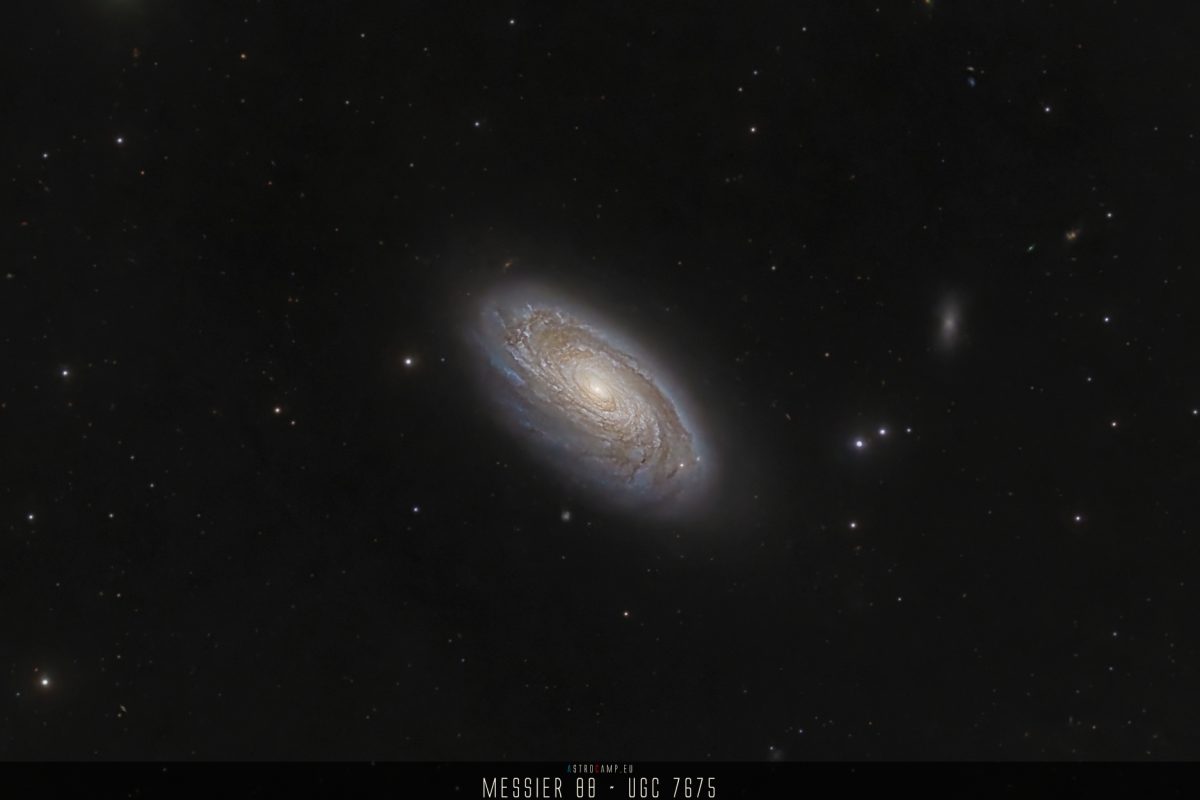

Messier 88 is a spiral galaxy located in the constellation Coma Berenices, and it reaches its annual culmination at astronomical midnight in April.
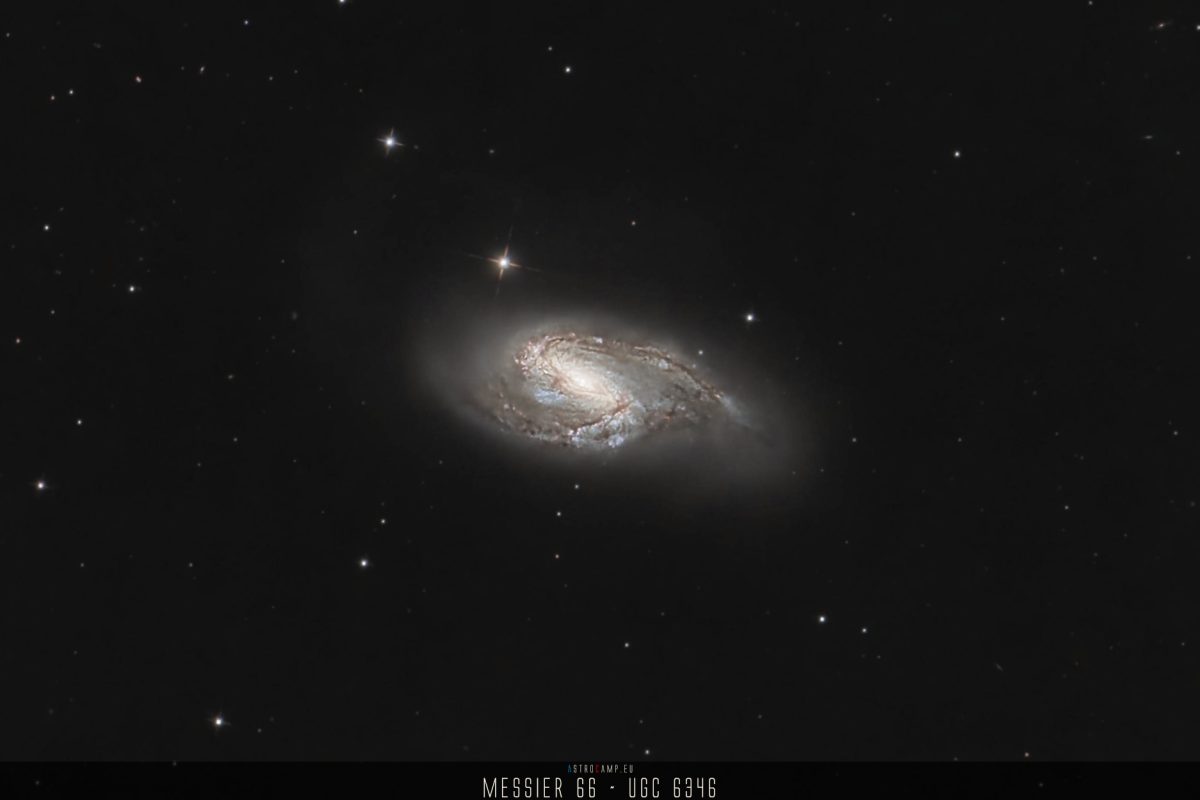
Messier 66 is a spiral galaxy located in the constellation Leo. It reaches its annual culmination at astronomical midnight in early March.
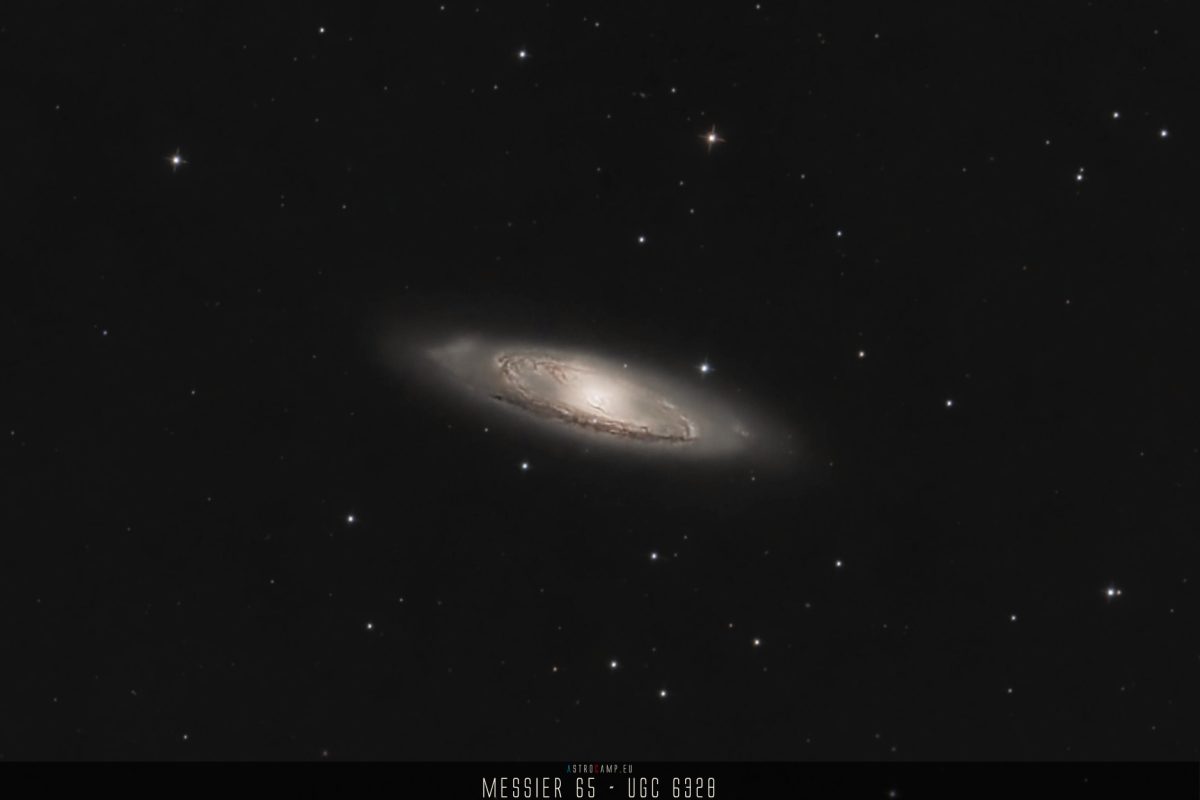
Messier 65 is a spiral galaxy situated in the constellation Leo. It reaches its annual culmination at astronomical midnight mid March.
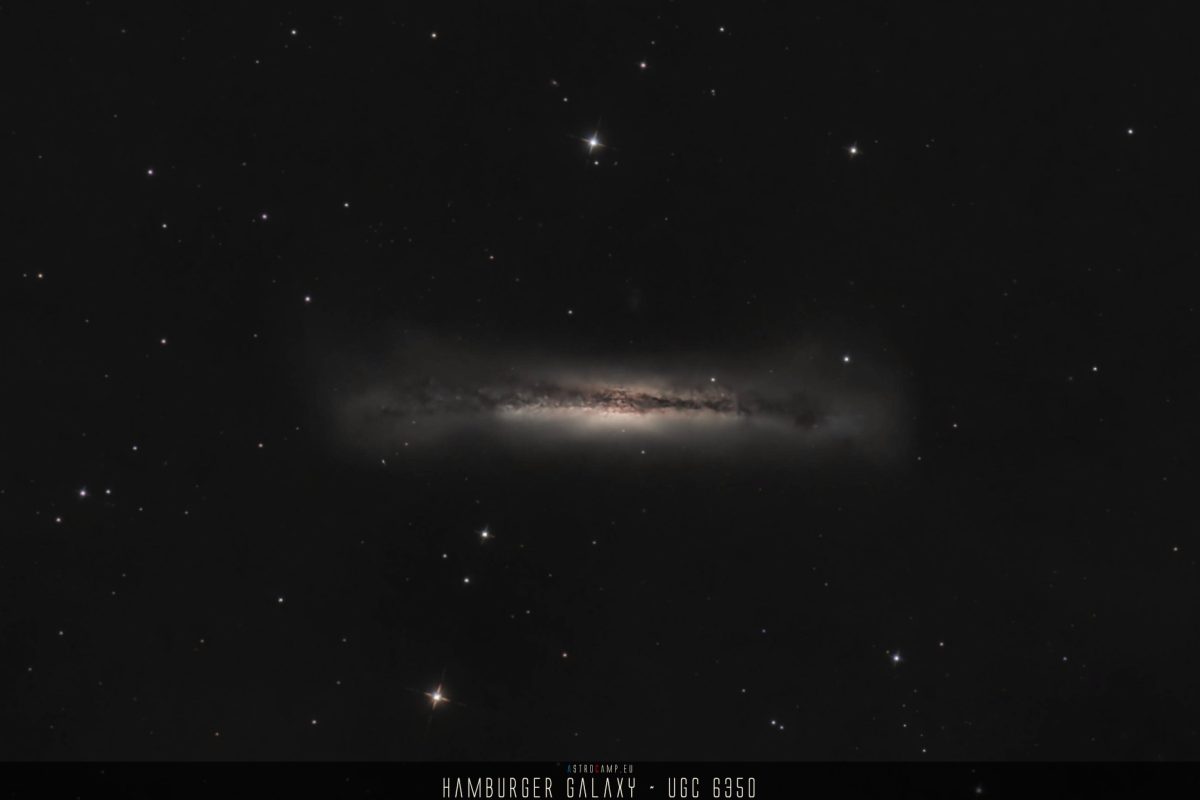
The Hamburger Galaxy, located in the constellation Leo, reaches its annual culmination at astronomical midnight mid march.
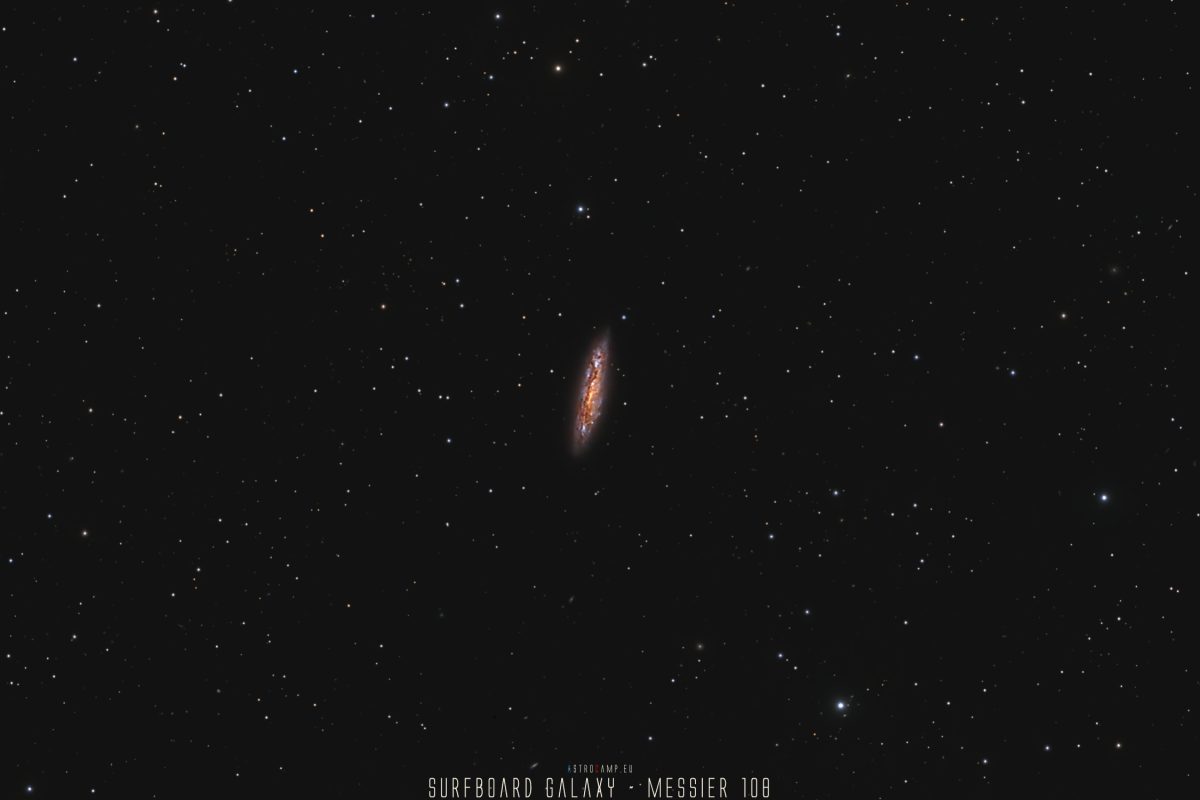
Messier 108, also known as the Surfboard Galaxy, is a barred spiral galaxy located in the constellation Ursa Major. It reaches its annual culmination at astronomical midnight around March 8th.
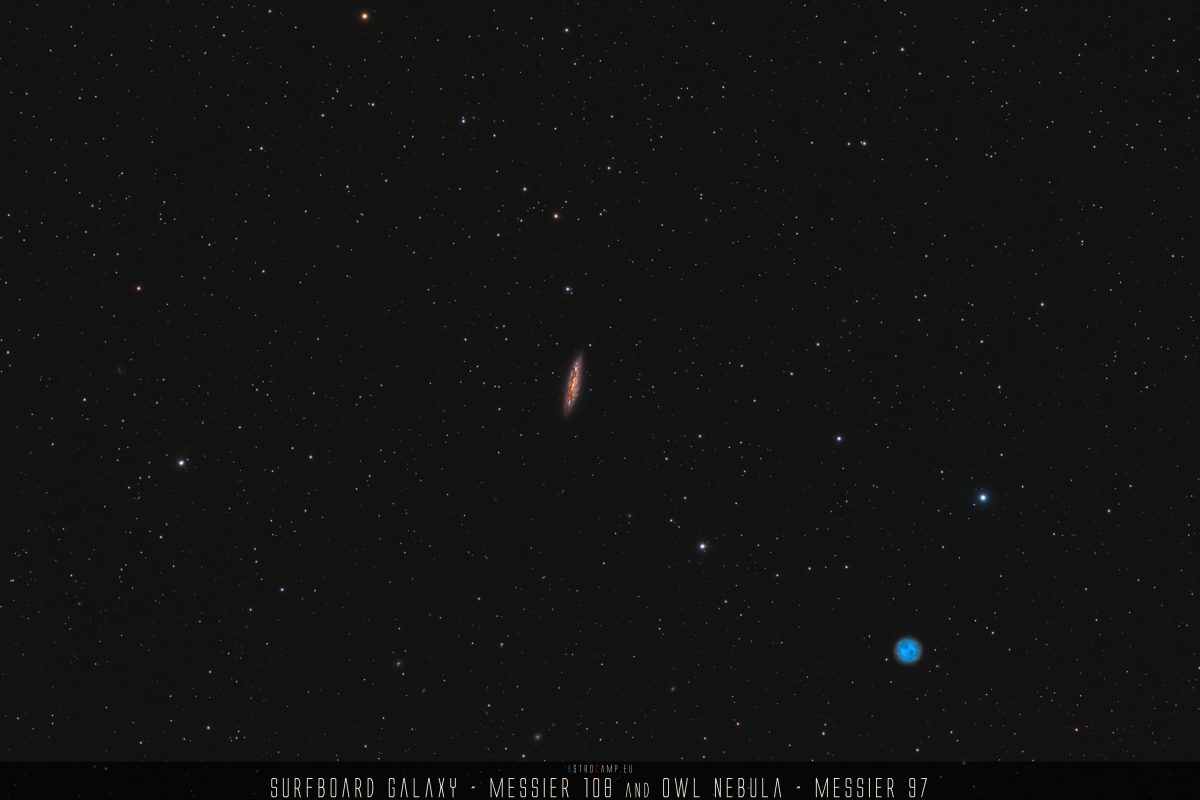
Galaxy season has begun. This year, I’m kicking it off with the Surfboard Galaxy and the Baader Travel Companion.
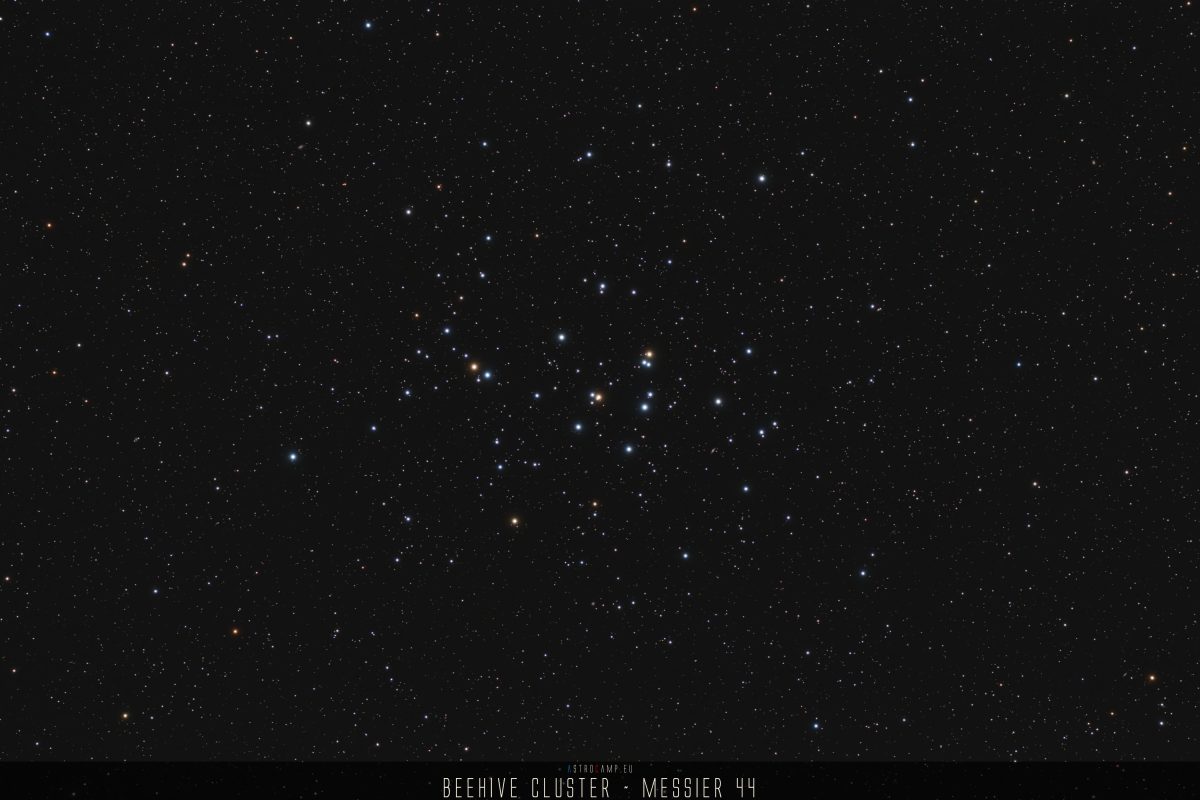
Fresh photons for a classic! Messier 44 photographed this year with my Baader Travel Companion 95/580 Apo.
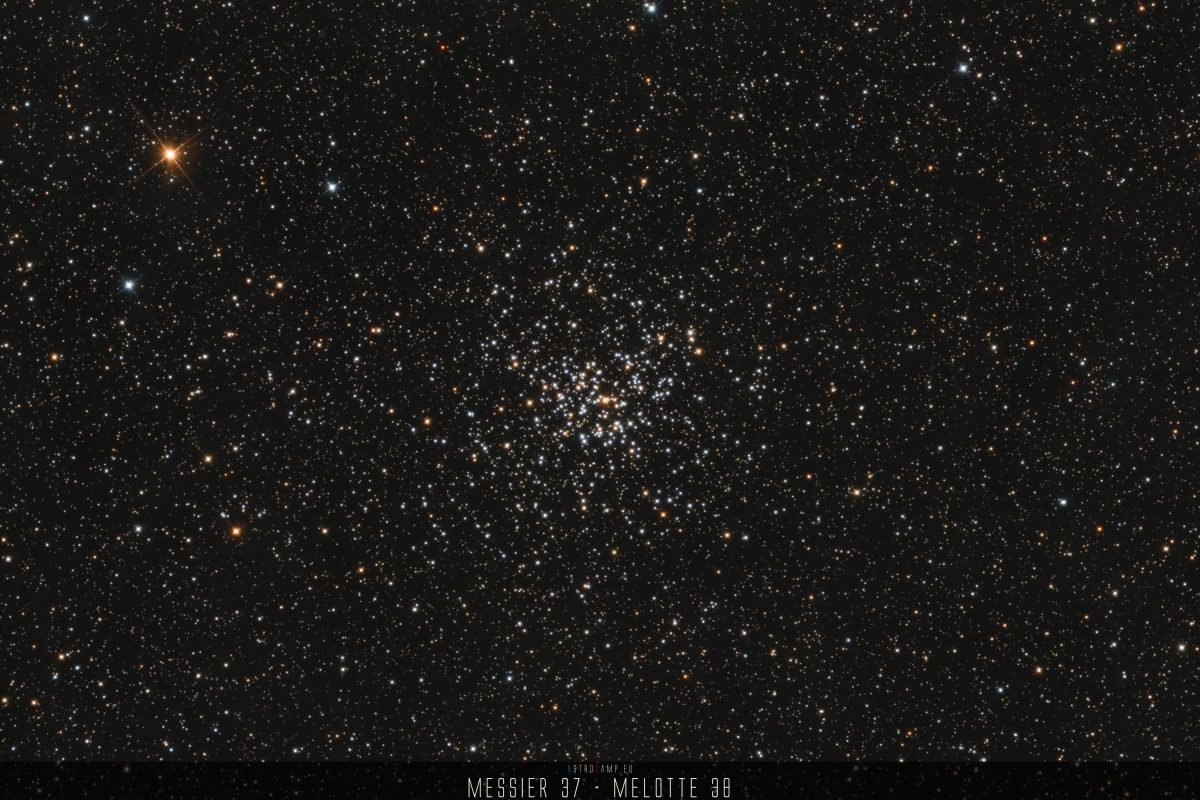
M37 is an open cluster in the constellation Auriga, reaching its annual culmination at astronomical midnight around December 20th.
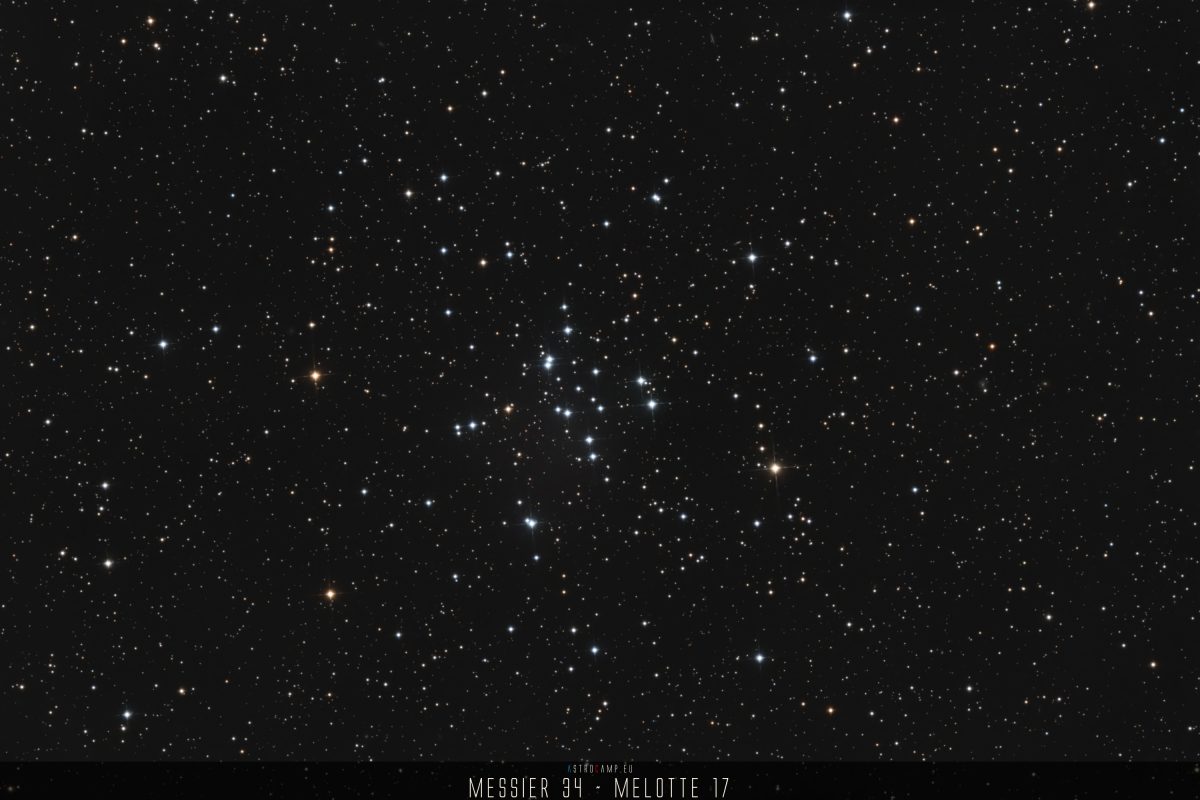
M34 is an open cluster in Perseus, reaching its annual culmination at astronomical midnight around November 5th.

Messier 1, the Crab Nebula, is a supernova remnant located in the constellation Taurus, representing the remnants of a historic supernova explosion observed in 1054 AD. M1 reaches its annual culmination at astronomical midnight around December 16th.